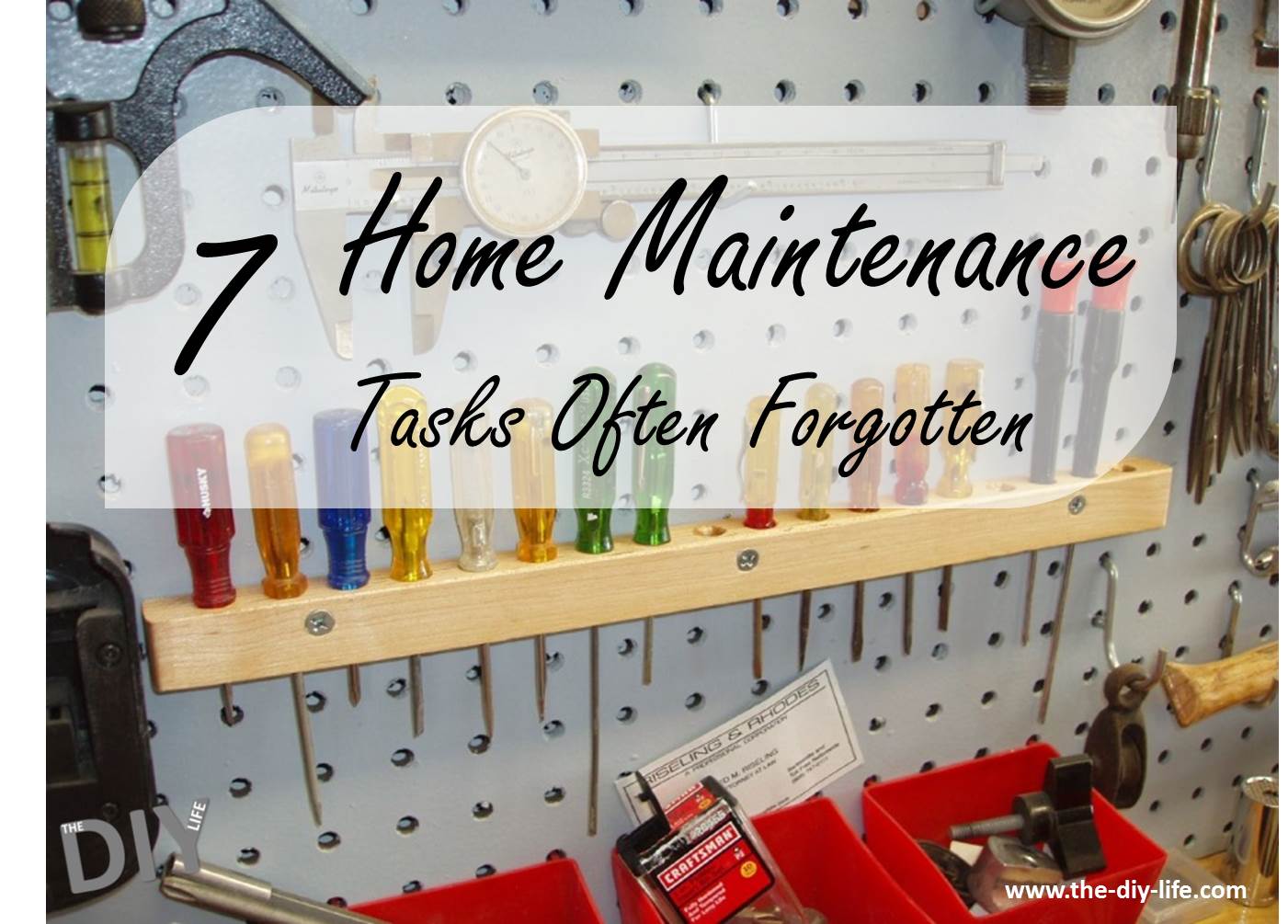Most people keep a basic home maintenance checklist which covers things like changing the AC filters annually and cleaning out the gutters. While these are important, there are some lesser known home maintenance items which are often forgotten about or left until it is too late. Periodically checking these few items can save you loads of money in repairs and a massive headache in the long run.
If you think your home is properly covered, have a look at our gas pump car maintenance checklist to keep your car running for years to come.
Don’t Forget These Home Maintenance Tasks
Test Your Water Pressure
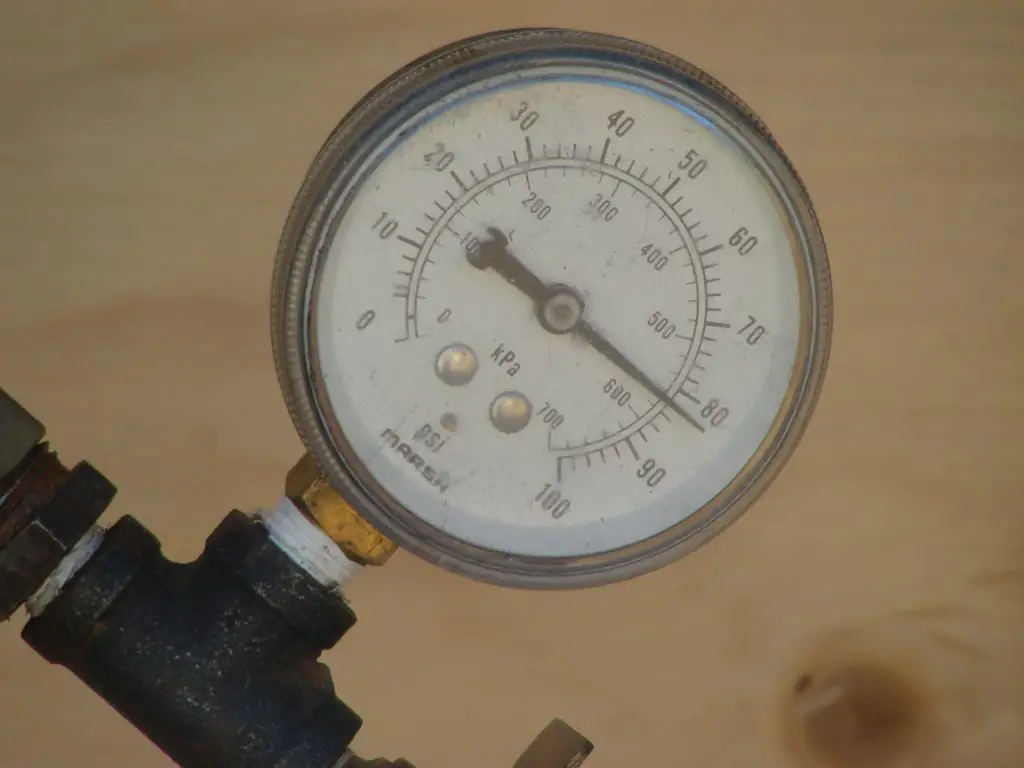
Your home is fitted with a pressure reducing valve near the main water supply. This valve is designed to reduce the water supply pressure to a level which is manageable by your taps, fixtures and appliances. While these valves usually last for years without maintenance, they do eventually fail so it is important to check your home’s water pressure every six months.
A simple water pressure meter is available from home supply stores, it fits onto your water system anywhere in the house, the basement is usually an easy place. The meter has a needle which records the current pressure and another which records the maximum pressure. Your water pressure should be around 500kPa (75psi), if it exceeds 750kPa ( 110psi) you may start damaging fittings, valves and appliances around your home.
Test Your Sump Pump
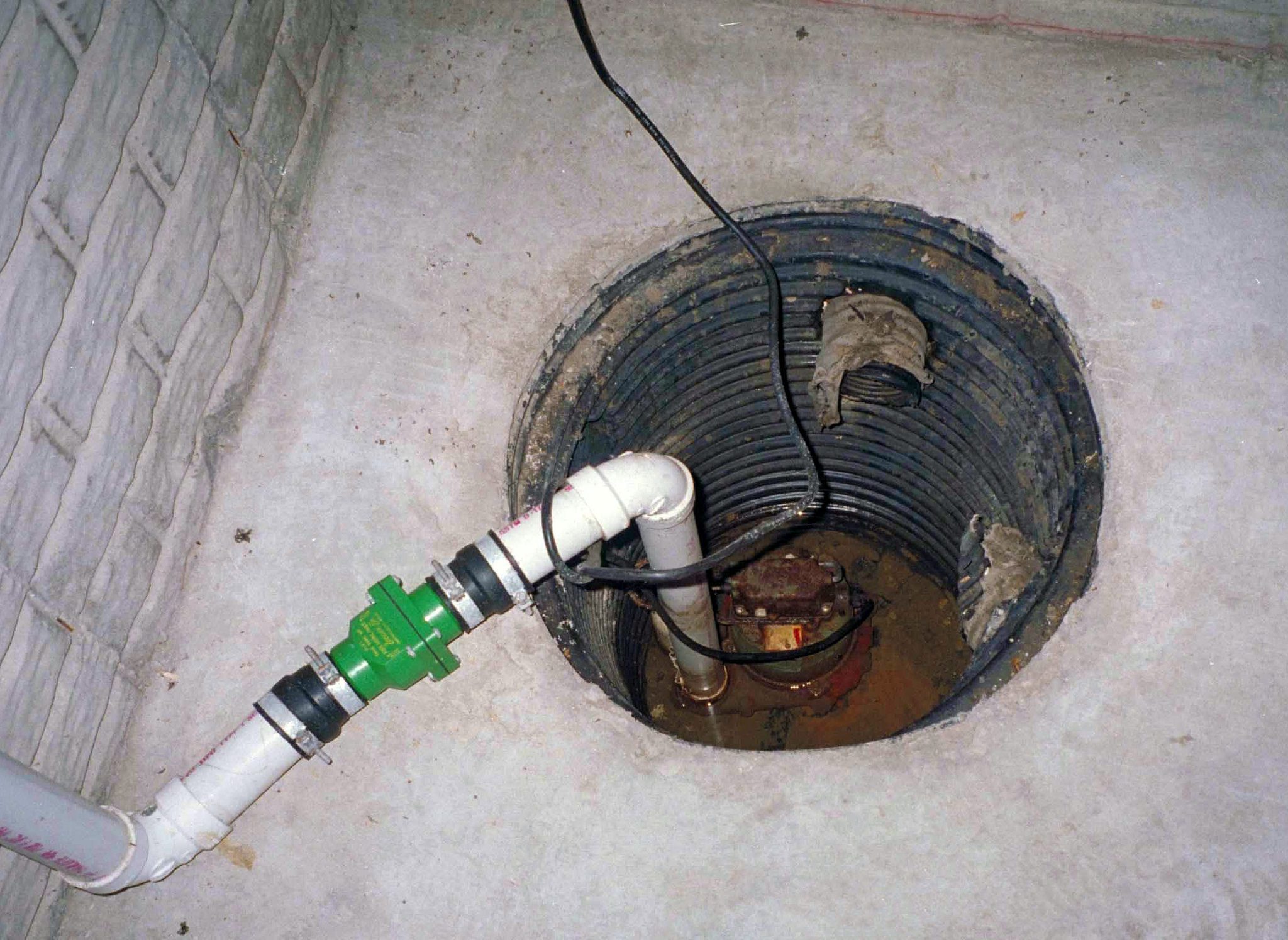
If your house has a basement then you should have a sump with an associated pump in it. Check your sump pump every three months (four times a year) by pouring a bucket of water into the sump. The pump should switch on automatically and pump the water out of your basement. If the pump is not working, it may require further maintenance, check the float switch and power supply, if these are not faulty then the pump may need to be replaced entirely.
If you neglect your sump pump for too long, you may come home one day to a flooded basement and have to wade through water to try figure out why the pump isn’t working. You’ll also be left with the mammoth task of drying out your furniture, appliances and basement carpets.
Drain Your Water Heater
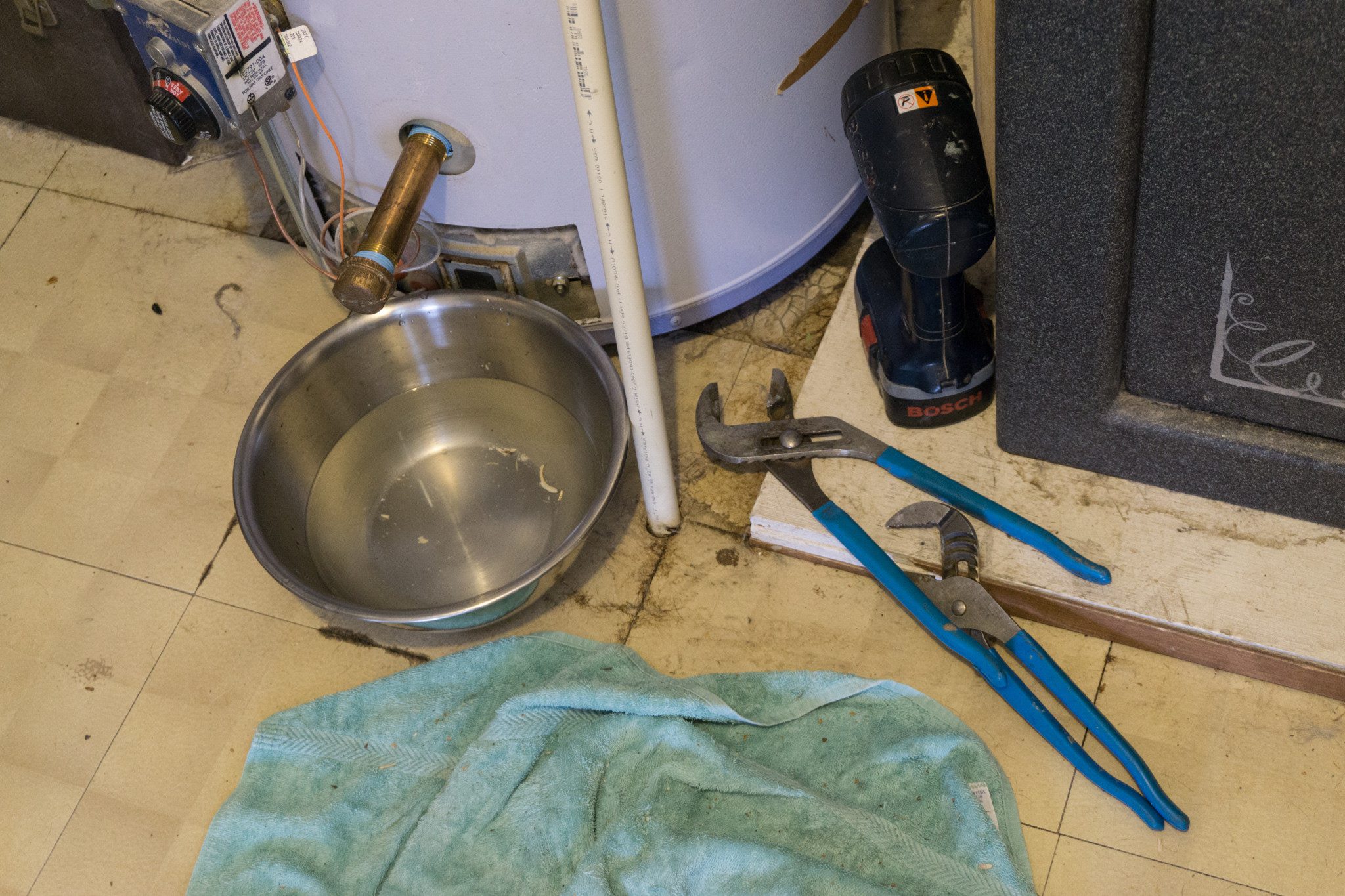
When dirty water, sand or debris flows into your water heater after municipal maintenance, it gets trapped in the bottom of the tank because the hot water is always taken from the top of the tank. This dirt accumulates and eventually may start covering the heating element which is also situated at the bottom of the tank, this leads to overheating and eventual failure of the element.
Your water heater usually has a drain plug at the bottom for this very reason. Once a year you should open the drain valve and allow the tank to drain completely, removing the sediment which has collected at the bottom. Make sure that the water heater has been turned off for a day or so beforehand so you are not draining boiling water which may cause serious burns.
Dust Your Refrigerator Coils
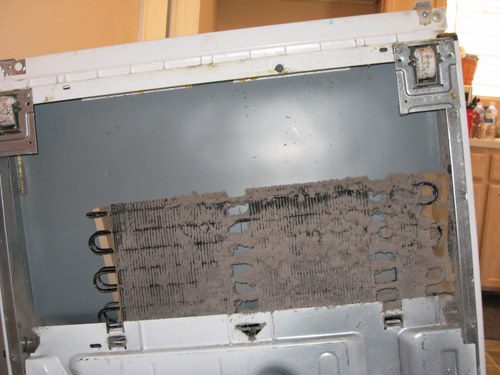
Your refrigerator is quite heavy and full of fragile jars and glasses so you probably hardly ever pull it out to clean behind it. The trouble is, dust collects on the coils as well and if left uncleaned can start to really affect your refrigerators performance and ultimately lead to it breaking down.
The coils are designed to let off the excess heat and when dust collects on them, they can’t let off the heat so the compressor starts to work overtime to compensate which dramatically shortens it’s life. Dust the coils off every three months to keep your refrigerator running efficiently.
Lubricate Your Garage Door Springs & Rollers
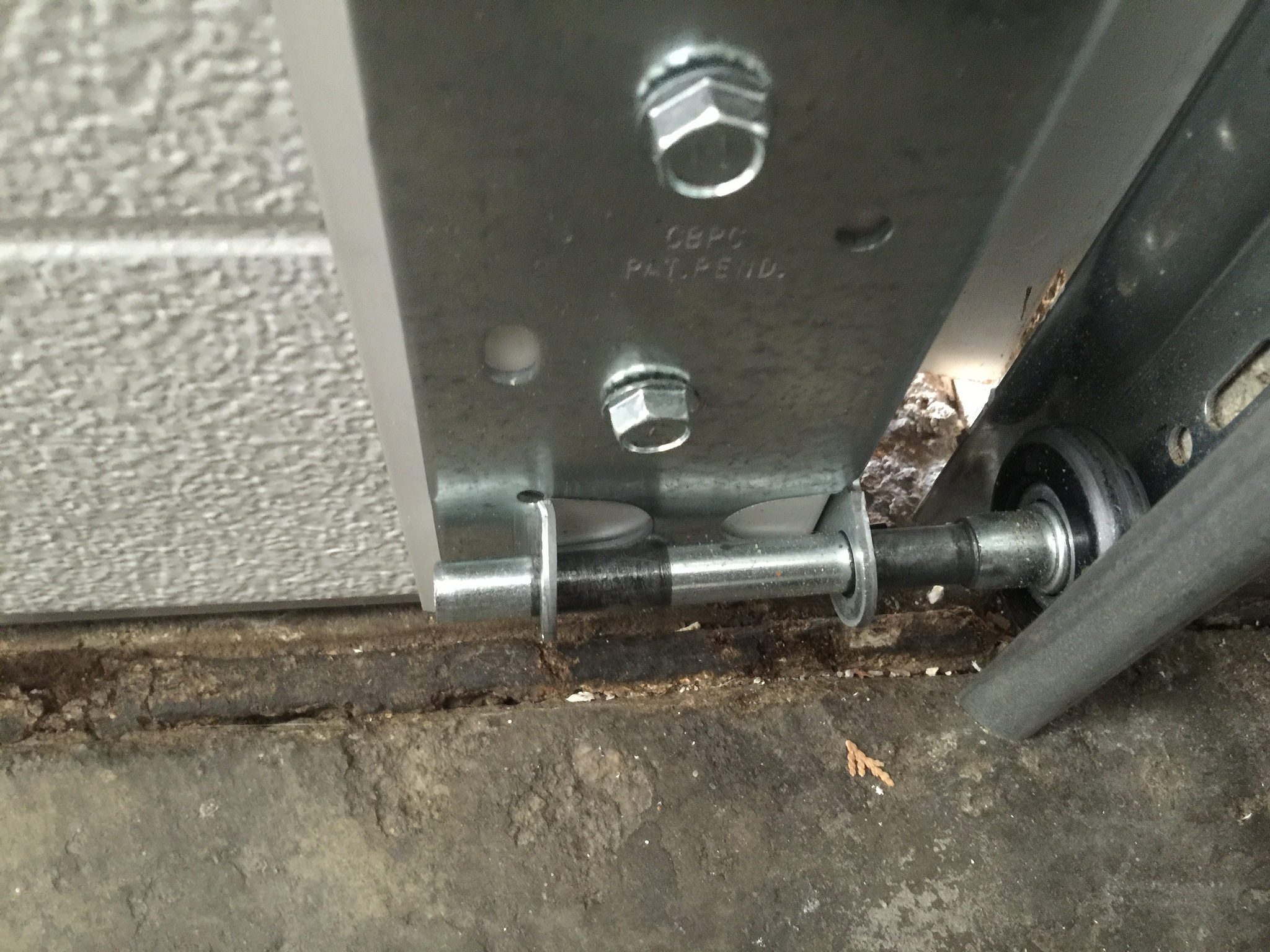
Your garage door hinges, springs and rollers should all be lubricated annually with a spray which is specially designed for lubricating garage doors. Every time your door is opened and closed, water and dirt work their way into the tracks and hinges and may start to cause corrosion and sticking if they are not properly protected.
You can even further your garage door maintenance by spraying your springs. Lubricating your springs will also extend their life as the coils won’t be rubbing against each other so aggressively.
Unclog Your Window’s Drain Holes
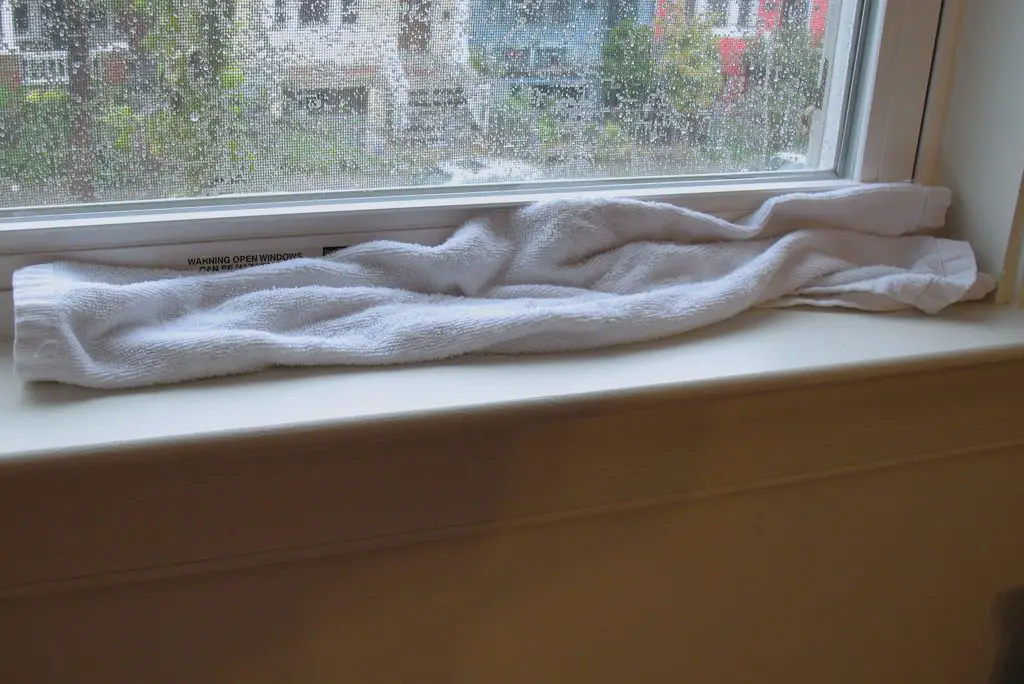
Many windows, especially the sliding kin have a row of small holes in the bottom of the frame on the outside. These holes, called weep holes, are designed to drain water which has seeped into the inside channel of the window. These holes often become home for insects and bugs as well as collecting dust and debris. They should be cleaned out every six months to prevent water from collecting inside the window and eventually finding its way into your home.
Use a small piece of wire such as an unbent paper clip to push into the hole and pull out and dirt and debris. You can check if it is properly cleaned out by spraying the outside of the window with the garden hose. The water should eventually start seeping out of the holes. If no water comes out, check that it hasn’t worked its way into the tracks on the inside, the glass seals may be good enough to keep most of the water out.
Clean Out Your Dryer Vents
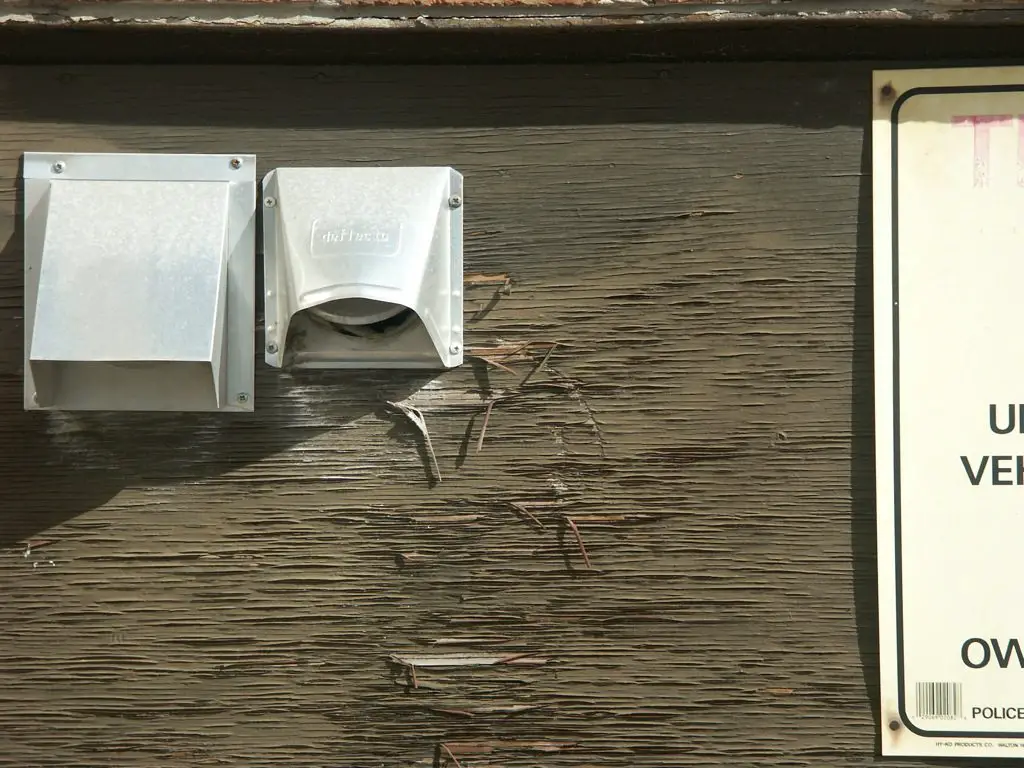
Your dryer vent provides a path for the air to get from your dryer to the outside of your home. Unfortunately, lint collects in the ducts and may start causing blockages which lead to longer drying times and strong odours.
Remove the vent from the back of the dryer and use a vacuum cleaner on the strongest setting to pull any excess lint out of the duct. Do this once every six months to ensure that the ducts are kept well opened.
Check the outside vent as well as often small rodents and insects make their home in the vent as it provides warm air during the colder winter months.
While you’re busy with the home maintenance odd jobs, how about giving your carpet a refresher with our homemade carpet deodoriser.
Do you have any further home maintenance checks with are often forgotten about? Let us know in the comments section below.
Have a look at our fall home maintenance checklist to make sure that you are properly prepared for the winter months.
Share These Tips:


